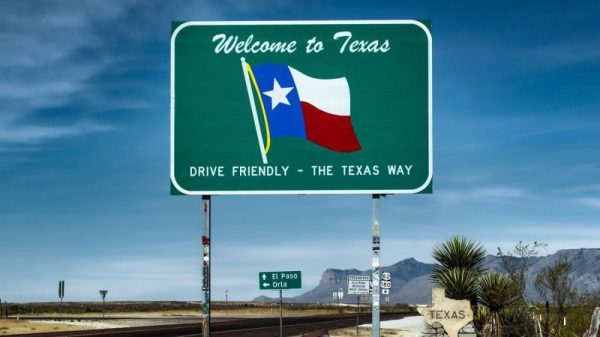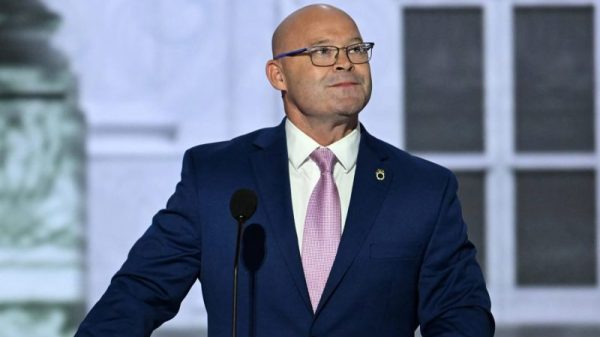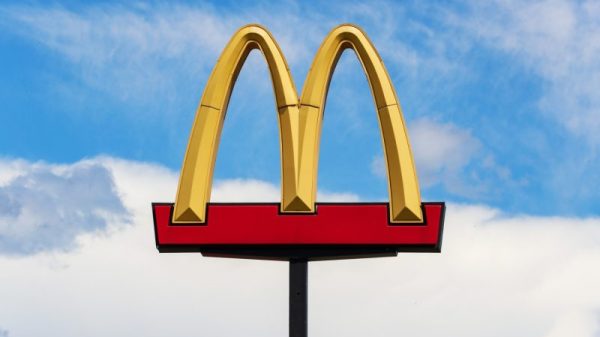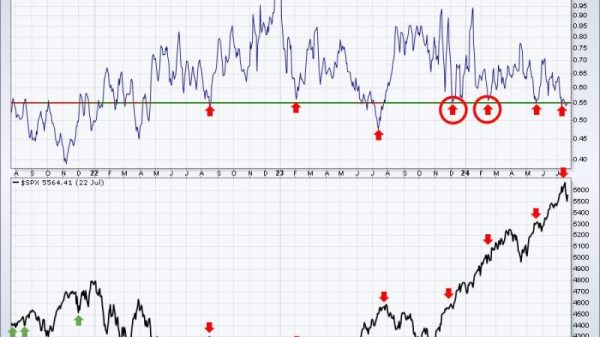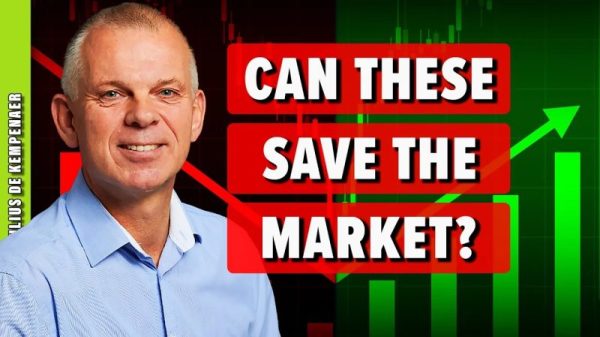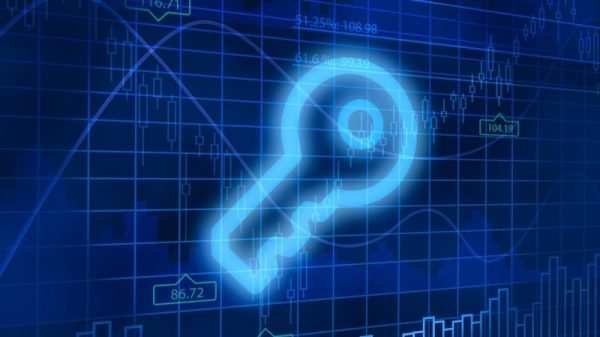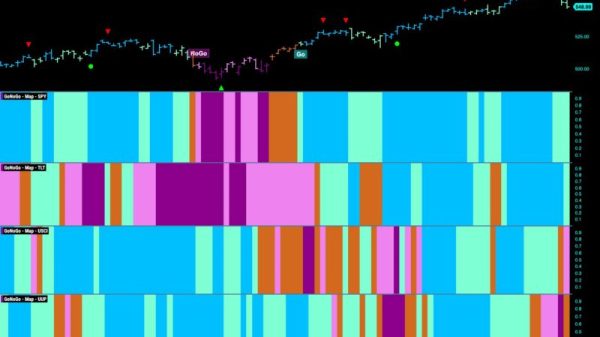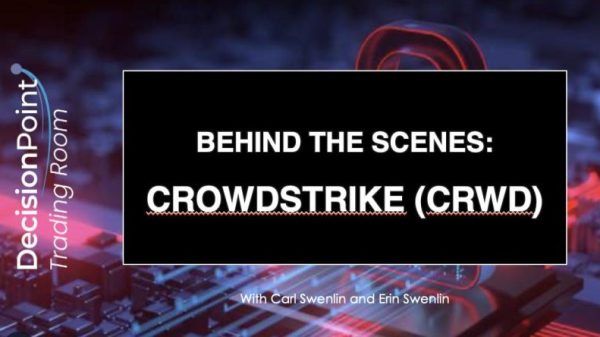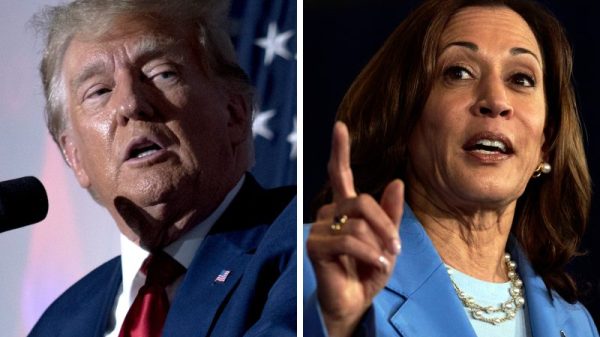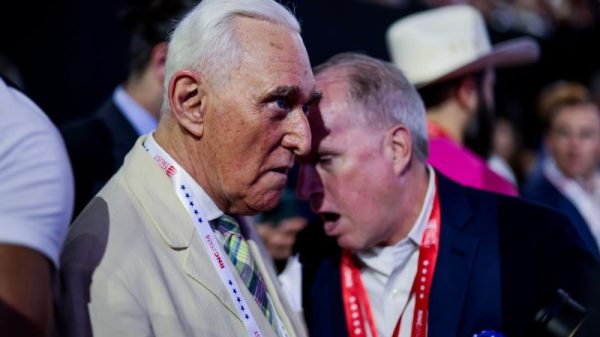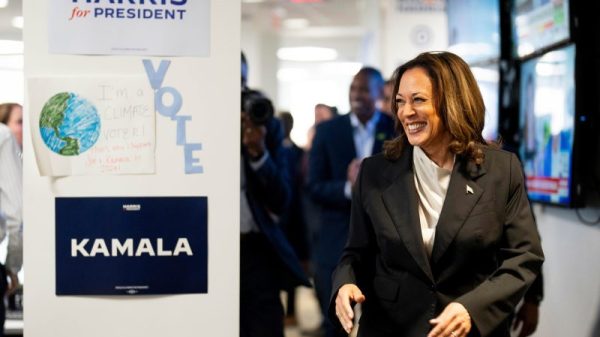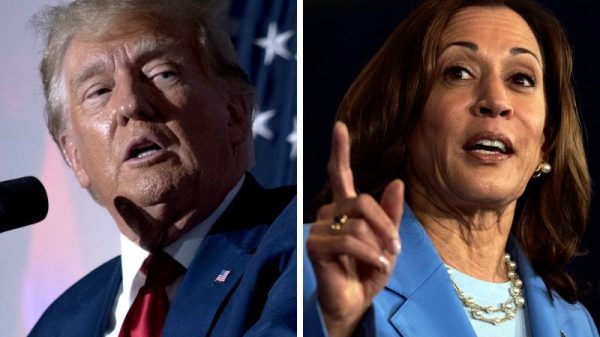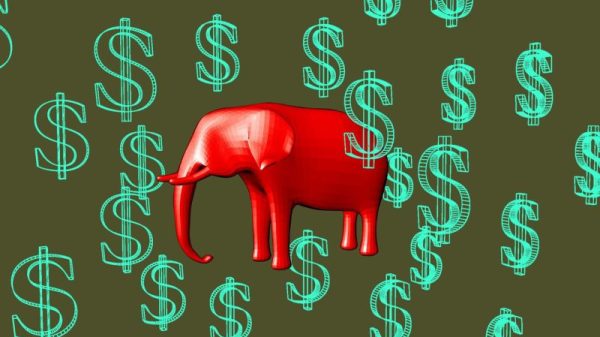Inflation is a perennial economic concern that can have profound implications for individuals, businesses, and governments alike. Recent data trends suggest that inflationary pressures are not relenting, posing significant challenges for central banks like the Federal Reserve (Fed). As key inflation metrics continue to rise, the Fed is facing increased scrutiny and pressure to adopt appropriate policies to address the persistent inflationary environment.
One of the critical factors contributing to the ongoing inflationary trends is the surge in demand across various sectors of the economy following the easing of COVID-19 restrictions. As consumer spending rebounds and supply chains struggle to keep pace, prices for goods and services have witnessed a notable uptick. This surge in demand has put upward pressure on prices, leading to the current inflationary environment.
Additionally, supply chain disruptions and shortages of key commodities have further exacerbated inflationary pressures. The global supply chain is experiencing bottlenecks due to factors such as labor shortages, transportation issues, and raw material constraints. These supply-side challenges have resulted in price increases for essential goods, impacting consumers and businesses alike.
Furthermore, escalating energy prices have also played a pivotal role in driving inflation higher. The resurgence of economic activity has led to increased energy consumption, pushing oil and gas prices higher. Given the essential role of energy in various industries, rising energy costs have translated into higher production expenses, which have been passed on to consumers in the form of elevated prices.
Central to the inflation debate is the role of monetary policy, particularly the actions taken by the Federal Reserve. The Fed faces a delicate balancing act, aiming to support economic recovery while keeping inflation in check. As inflation continues to outpace expectations, the Fed is under pressure to consider tightening monetary policy through measures like interest rate hikes and tapering of asset purchases.
However, the challenge for the Fed lies in navigating the complex interplay of factors shaping the current inflationary environment. While higher interest rates could help moderate inflation, they may also slow down economic growth and impact employment levels. The Fed must carefully assess the trade-offs involved in adopting more hawkish policies to combat inflation while ensuring that the broader economy remains on a sustainable growth trajectory.
In conclusion, the data indicating the persistence of inflationary pressures underscores the need for a strategic and nuanced approach by central banks like the Federal Reserve. Addressing inflation in the current economic landscape requires a comprehensive understanding of the underlying factors driving price increases and a calibrated response that supports both price stability and economic growth. As stakeholders monitor developments in the inflation landscape, the Fed’s response will be closely watched for its implications on the broader economic outlook.

